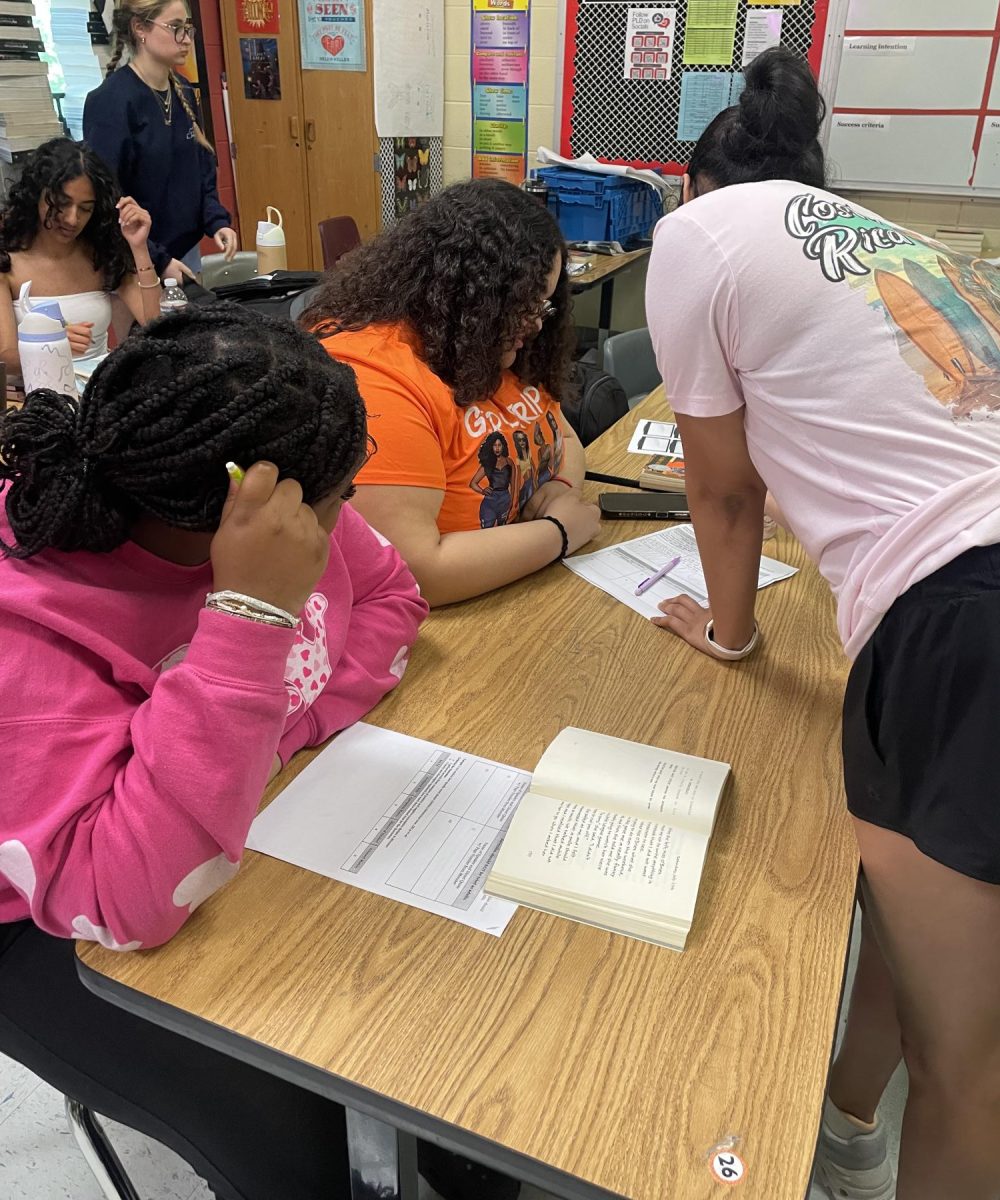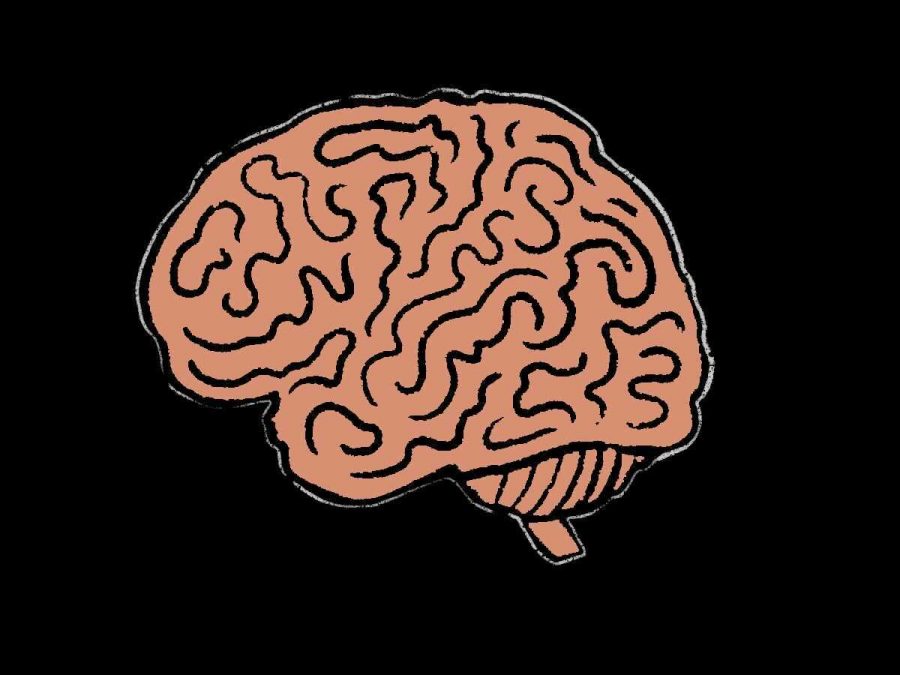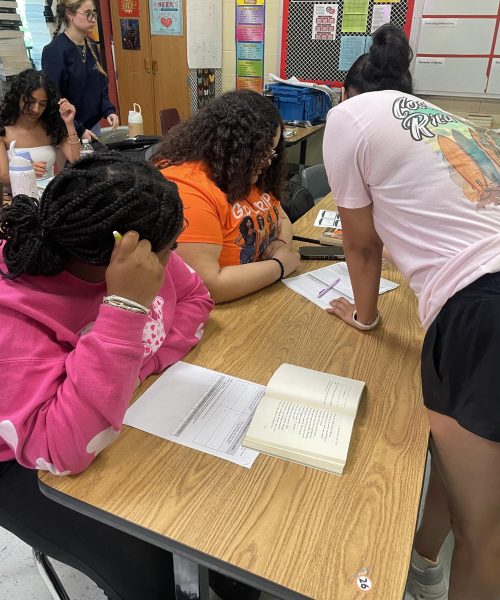Mental Health Looks Different in Online School
Online school comes with new obstacles, so students are using new resources to confront the challenges.
Some studies link social isolation with reduced cognitive function, leading teachers and mental health professionals to worry about the affects of COVID-19 quarantines on students’ emotional and mental wellness.
For many high schoolers, online class has been a roller coaster of accidentally unmuting on Zoom, sleeping through alarms, and missing assignments. While some aspects of school have remained unchanged through the transition, mental health supports and challenges look very different now.
Although Dunbar has done its best to simulate a normal school day, seeing faces, or in some cases black boxes, on a computer screen can never beat seeing teachers and classmates in person.
“I like online school,” senior JoonWoo Park said. “But it definitely feels more isolated, especially when lots of people don’t turn on their cameras.”
Social isolation due to quarantine can also take a toll on one’s mental state. According to the CDC, stress from the pandemic can lead to things like worsened mental health conditions and changes in sleeping and eating habits. Being alone in a room all day, sitting through Zooms, and working through assignments can get tiring. This affects students’ motivation.
“It seems like I have more work because I am less motivated in an online school,” senior Aditya Sundarrajan said.
Some students feel that motivation is less of an issue for them.
“For me, online school isn’t as stressful as a lot of people make it out to be. The workload isn’t as bad as long as you don’t let it overwhelm you,” junior Alan Na said.
Other students are uncomfortable with their online learning experience because of the pacing of instruction.
“There is sometimes less class time for content; I feel like everything is rushed or cut short,” senior Lohith Tummala said.
Additionally, help might be hard to seek out. As teachers are also doing their best to navigate these changing times, they may not be able to provide as much help or clarity as they normally would have.
“For my classes, not being able to do hands-on activities to help explain in anatomy and biology class, and not being able to go outside as a group for field lab work in Bio 3 class, is unfortunate,” science teacher Mr. Jesse Howell said.
Mental health resources may be harder to find during distance learning, as some online resources can be difficult to navigate and use. Also, these resources look different from the resources that would have been available in a physical school setting.
For example, students can now set up Zoom meetings with counselors through the SeeMyCounselor portal.
Reaching out to counselors and trusted adults may be a great source of help during distance learning. It could be beneficial for students to discuss their classes or any struggles they are having with these adults. Additionally, studies have shown that routines can help with distance learning, as they increase focus and provide structure to the day. Some helpful links for mental health care during NTI/2Dl have been compiled by Dunbar’s student support team on this Google Doc.

Hi! I’m Max and I’m a senior in the Math Science Technology program at Dunbar and this is my second year as a staff reporter for Lamplighter. I mostly...

Hi! I’m Sadie Bograd, and I’m a senior at Dunbar. This is my second year on Lamplighter staff. I’m now one of the program’s Editors-in-Chief. Along...
Hi! I’m a senior and this is my second year as a cartoonist for lamplighter. I love all kinds of art, but my favorite medium is ink. I’m excited to...




























